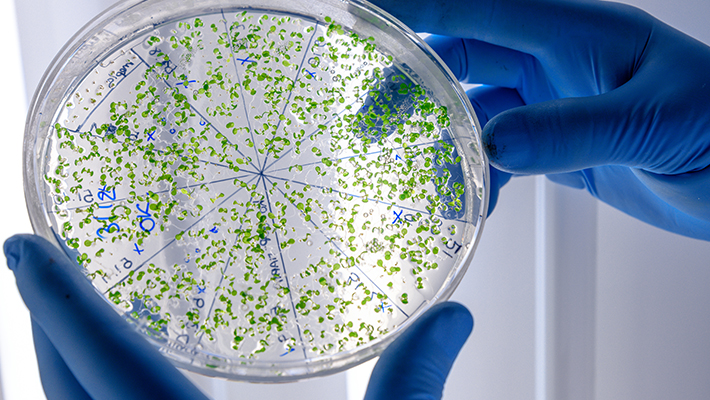The revisions to RDC 53/2015 and the Normative Instruction regarding impurities were released.
October 27, 2023
The new regulations will come into force from November 1st.
The Brazilian Health Surveillance Agency (Anvisa) announced that Collegiate Board Resolution (RDC) 821/2023 and Normative Instruction (IN) 258/2023 came into force on November 1st of this year. Both regulations were officially published in the Official Federal Gazette (DOU) on October 17th.
RDC 821/2023 promotes changes to RDC 53/2015, more specifically in article 10, which includes section IV. This addition has the purpose of stipulating that impurities and handling products are important when exposure to them is equal to or lower than the limits established in a specific list, published in a dedicated Normative Instruction and its updates.
The first edition of the “List of Qualified Impurities” was released via IN 258/2023. This list contains 19 impurities from 17 different medicines. It is worth noting that the impurities contained in this list, regardless of their origin (whether Active Pharmaceutical Ingredients, final products, intermediates, among others), are automatically treated by Anvisa, as long as they meet all the requirements established in the Annex to IN 258/2023.
Based on the implementation data of these regulations, a specific requirement will no longer be necessary for the processing of the impurities included in the list of impurities. Any requirements already submitted relating exclusively to contaminated impurities – awaiting a response from Anvisa’s Safety and Efficacy Assessment Management (Gesef/GGMED) – will be closed. Therefore, no additional action by companies will be necessary for Gesef to proceed with the closure of infractions related to impurities already filed and covered by IN 258/2023.
However, it is important to note that in cases where an Active Pharmaceutical Ingredient or final product contains impurities both from the list and other unrelated impurities, an impurity qualification request must be controlled with documentation, focusing on the qualification of impurities not included in the list, so that Anvisa can carry out an analysis.
Understanding the Context

It is essential to highlight that the change in the Resolution of the Collegiate Board (RDC) 53/2015 was the focus of a public consultation (CP) under number 1,184, dated July 26, while the publication of the Normative Instruction (IN) referring to impurities originates from CP 1.183, with data from July 25th. The main intention behind these actions is to ensure the transparency of the regulatory process while protecting information of a confidential nature and the property of companies. It is worth noting that only impurities and handling products have already been modified, based on widely accessible public literature data, which were previously evaluated by the Brazilian Health Surveillance Agency (Anvisa) within the scope of resolutions 53/2015 and 359/2020, were included in the IN Annex.
Given that products related to a specific medicine may be repeated in products registered with the same Active Pharmaceutical Ingredient (API), such as generics and similar products, as well as in different pharmaceutical forms, different companies may submit qualification requests for the same impurity. These requirements might be based on very similar information. The publication of the IN is part of a strategy to simplify the regulatory process, reducing the need for analysis by Anvisa and freeing from analysis those requests for amendments that have already been filed and are completely covered by the list in the IN Annex.
This initiative led to the publication of a positive list of impurities and manipulation products, along with their limits, as proposed in the respective IN. The aim is to rationalize the use of the Agency’s human resources in evaluating compounds that have not yet had their safety evaluated, reduce the demand on the technical area, and improve the efficiency of the regulatory process as a whole.


